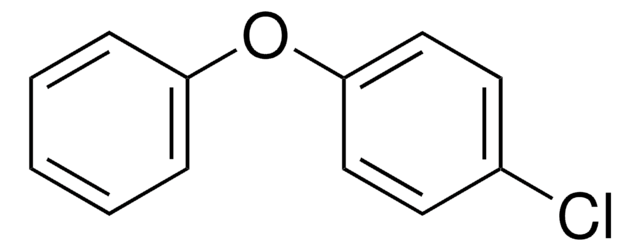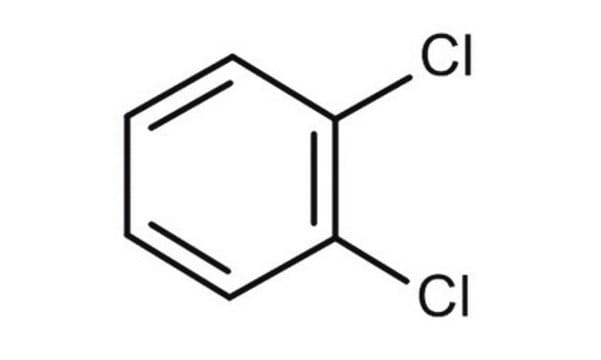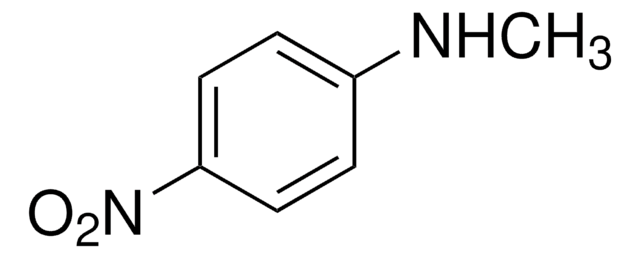About This Item
Polecane produkty
gęstość pary
9.3 (vs air)
Próba
99%
Postać
solid
mp
73-75 °C (lit.)
rozpuszczalność
acetone: soluble(lit.)
benzene: soluble(lit.)
ethanol: soluble(lit.)
water: insoluble(lit.)
ciąg SMILES
CCN(C(=O)N(CC)c1ccccc1)c2ccccc2
InChI
1S/C17H20N2O/c1-3-18(15-11-7-5-8-12-15)17(20)19(4-2)16-13-9-6-10-14-16/h5-14H,3-4H2,1-2H3
Klucz InChI
PZIMIYVOZBTARW-UHFFFAOYSA-N
informacje o genach
human ... EPHX2(2053)
mouse ... Ephx2(13850)
Powiązane kategorie
Opis ogólny
Hasło ostrzegawcze
Warning
Zwroty wskazujące rodzaj zagrożenia
Zwroty wskazujące środki ostrożności
Klasyfikacja zagrożeń
Acute Tox. 4 Oral - Aquatic Chronic 3
Kod klasy składowania
11 - Combustible Solids
Klasa zagrożenia wodnego (WGK)
WGK 2
Temperatura zapłonu (°F)
302.0 °F - closed cup
Temperatura zapłonu (°C)
150 °C - closed cup
Certyfikaty analizy (CoA)
Poszukaj Certyfikaty analizy (CoA), wpisując numer partii/serii produktów. Numery serii i partii można znaleźć na etykiecie produktu po słowach „seria” lub „partia”.
Masz już ten produkt?
Dokumenty związane z niedawno zakupionymi produktami zostały zamieszczone w Bibliotece dokumentów.
Klienci oglądali również te produkty
Nasz zespół naukowców ma doświadczenie we wszystkich obszarach badań, w tym w naukach przyrodniczych, materiałoznawstwie, syntezie chemicznej, chromatografii, analityce i wielu innych dziedzinach.
Skontaktuj się z zespołem ds. pomocy technicznej











